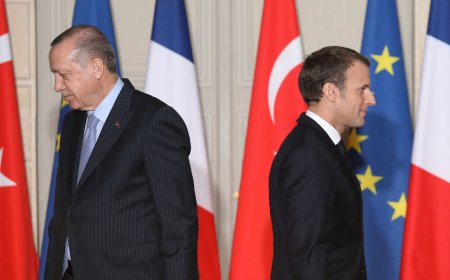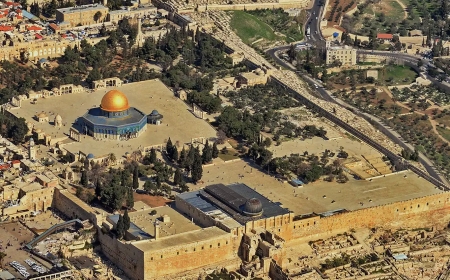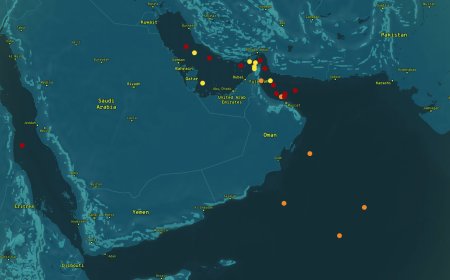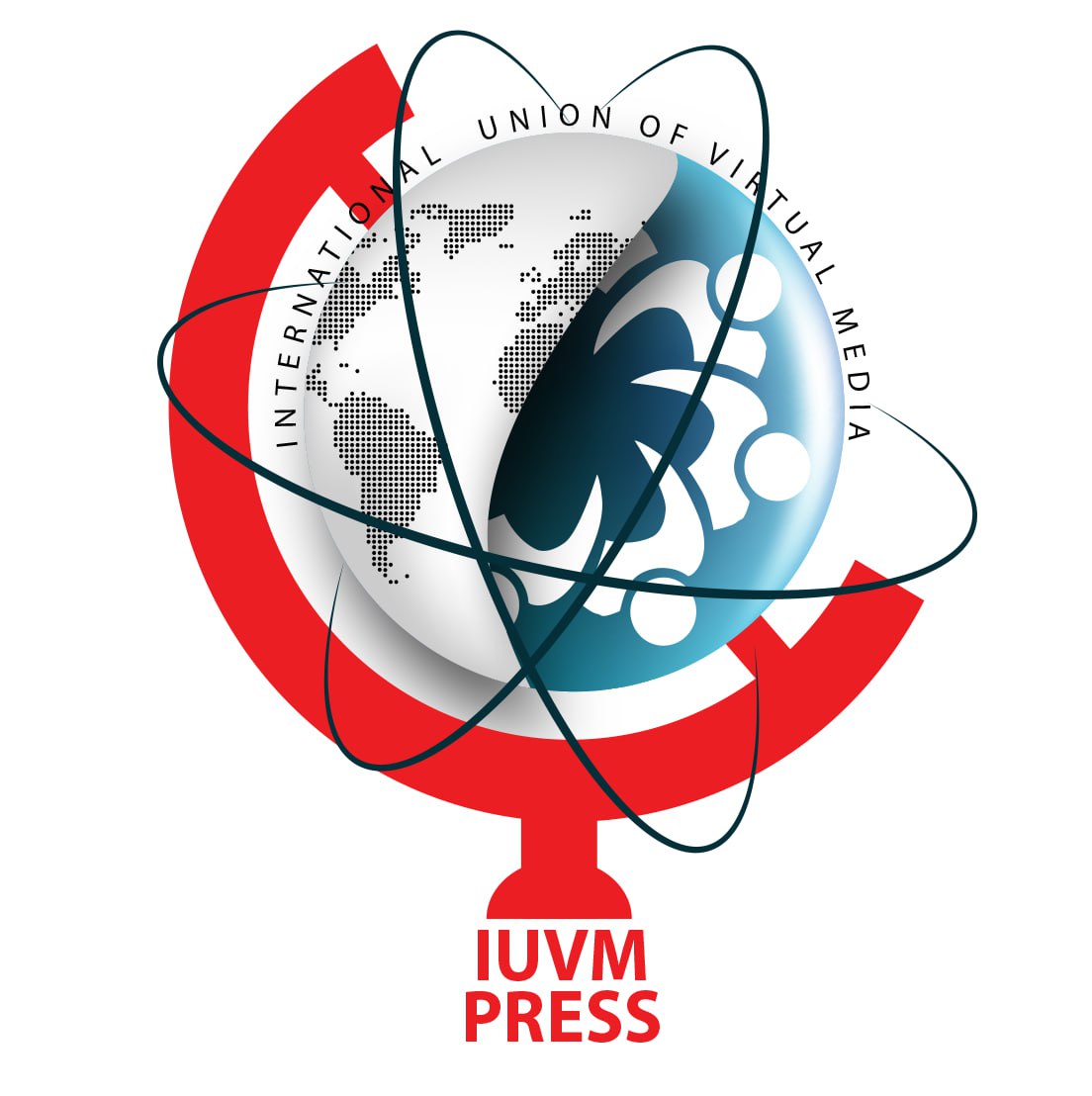Saudi–Iran Rapprochement: Why Saudi Arabia's Outreach to Iran Is a Turning Point?
Crucially, the energy sector offers an untapped reservoir of strategic synergy. While Iran–Saudi oil cooperation remains nascent, the potential for coordination in global energy policy is profound. Should the nuclear file reach resolution, Tehran and Riyadh could emerge as stabilizing forces in the volatile global energy market—benefiting producers and consumers alike.
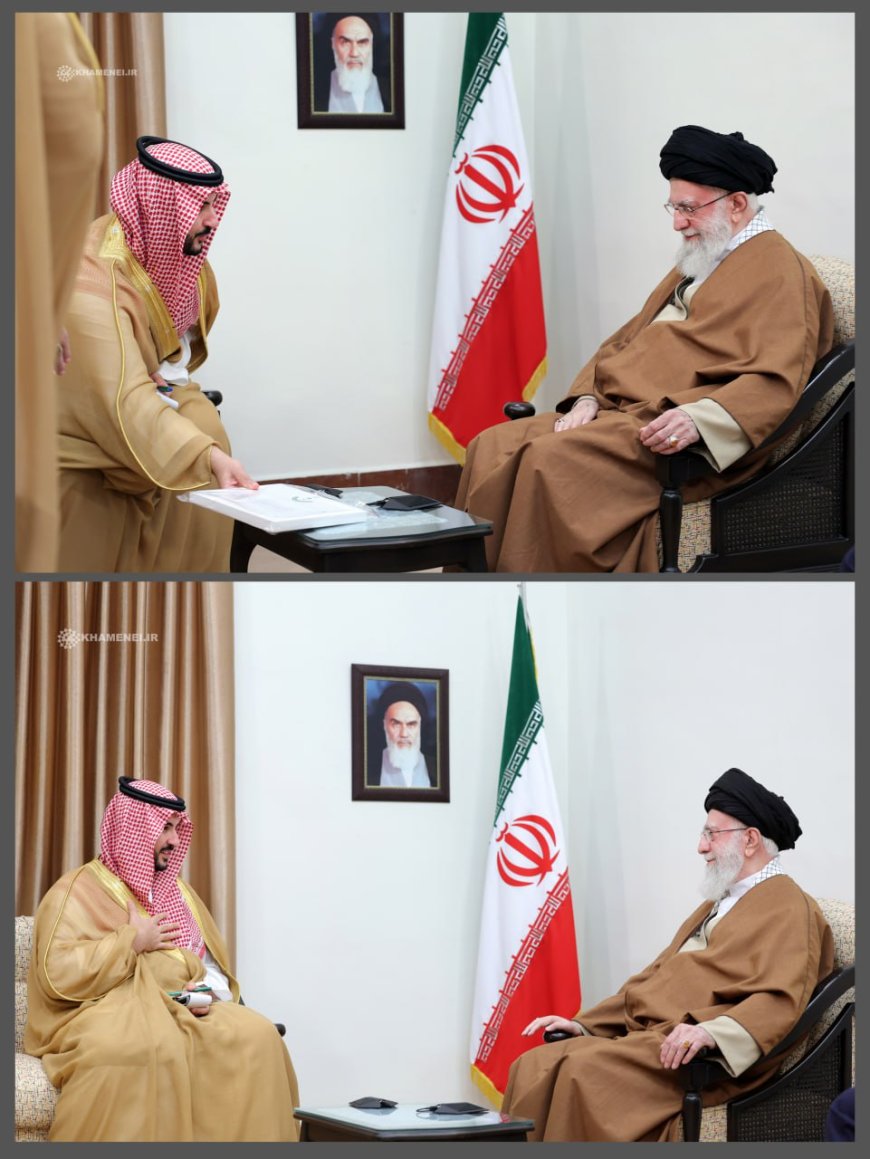
Saudi–Iran Rapprochement: Why Saudi Arabia's Outreach to Iran Is a Turning Point?
In the ever-evolving geopolitical landscape of West Asia, two nations stand as indispensable pillars of regional stability and global energy security; the Islamic Republic of Iran and the Kingdom of Saudi Arabia. With their vast energy reserves and pivotal geostrategic positioning, Tehran and Riyadh are not mere regional players—they are architects of global influence. The recent visit of Saudi Arabia’s Defense Minister, Prince Khalid bin Salman, to Tehran marks a historic moment in the reshaping of regional dynamics, and it sends a powerful message to both allies and adversaries of peace in West Asia.
This high-level visit—the first by a senior Saudi royal to Iran in decades—comes at a critical juncture. As the Arab world grapples with the potential resurgence of regional conflict and as backchannel talks between Iran and the United States intensify, the Riyadh–Tehran dialogue stands as a formidable counter-narrative to decades of division. It is a signal that regional powers can—and must—reclaim ownership of their collective destiny, independent of external prescriptions.
The Israel Factor: Why Reconciliation Alarms Tel Aviv
For those vested in perpetual instability in West Asia—chief among them the Israeli regime—this reconciliation poses a profound threat. Tel Aviv has long relied on enmity between Iran and the Arab world to preserve its own strategic relevance as Washington’s "sole reliable partner" in the region. From thwarting U.S.–Iran rapprochement to lobbying against Arab normalization with Tehran, Israel has spared no effort to obstruct intra-regional cooperation. Yet the tides are turning. A strategic axis between Iran and Saudi Arabia holds the potential to reorient West Asia from a theater of foreign-sponsored conflict to a hub of indigenous dialogue, economic interdependence, and political synergy.
Dialogue and Regional Sovereignty Over Great-Power Dependency
Beyond its symbolic weight, the visit of Prince Khalid bin Salman reveals a sober recalibration of national interests. It reflects two overarching trends:
The Redefinition of National Interest Through Dialogue: As traditional alliances with global powers prove increasingly transactional and unreliable, regional actors are compelled to reimagine their strategic calculus. Iran and Saudi Arabia appear to be moving from zero-sum rivalry toward shared frameworks of cooperation—starting with diplomacy, but extending into development.
The Regionalization of Security and Sovereignty: The age of dependency on extra-regional powers is waning. Whether in conflict zones such as Syria, Iraq, and Yemen, or in broader questions of energy governance, it is now evident that local agency is key to sustainable solutions.
Shared Economic Interests and Energy Synergies on the Horizon
The implications are immense. A thaw in Iran–Saudi tensions opens the door to a wide array of bilateral initiatives—from joint investments in Iran’s free trade zones to energy-sector cooperation and integrated transit projects. As Riyadh pursues its Vision 2030 strategy to diversify its oil-dependent economy, and as Iran seeks strategic partners amid an unjust sanctions regime, both nations find common cause in long-term economic collaboration.
Crucially, the energy sector offers an untapped reservoir of strategic synergy. While Iran–Saudi oil cooperation remains nascent, the potential for coordination in global energy policy is profound. Should the nuclear file reach resolution, Tehran and Riyadh could emerge as stabilizing forces in the volatile global energy market—benefiting producers and consumers alike.
Moreover, their collaboration could serve as a catalyst for post-war reconstruction in Arab states devastated by foreign intervention and proxy wars. By replacing costly competition with coordinated investment, Iran and Saudi Arabia can help rebuild war-torn societies—offering jobs, infrastructure, and hope. Security convergence may then lay the groundwork for shared economic zones, stabilizing regions long held hostage by great-power rivalries.
Conclusion: Toward a Multipolar West Asia Defined by Cooperation
History teaches us that Saudi Arabia is deeply pragmatic in its foreign relations. Riyadh’s renewed engagement with Tehran is not an ideological concession, but a strategic embrace of realism. The Islamic Republic of Iran, long mischaracterized by its detractors, has emerged not only as a regional power but as a responsible stakeholder in the new multipolar order. As Western hegemony recedes and multipolarity rises, Iran is no longer a subject of containment but a co-author of regional architecture.
In this new global context, Iran speaks to the United States from a position of parity and sovereignty. Its role in shaping the geopolitics and geo-economics of West Asia—and indeed the broader Global South—is undeniable. For Saudi Arabia, aligning with Tehran means securing a future defined not by endless conflict, but by purposeful cooperation.
If this trajectory continues, the West Asia of tomorrow may no longer be defined by artificial divisions and externally imposed fault lines. Instead, it may give rise to a pragmatic, homegrown, economy-driven order—where dialogue replaces discord, and shared interests overcome inherited antagonisms.
The transformation is underway. The only question that remains is whether the rest of the world is ready to accept a region that charts its own course—one in which Iran and Saudi Arabia lead together.
By: H. Zaïm-Bashi












